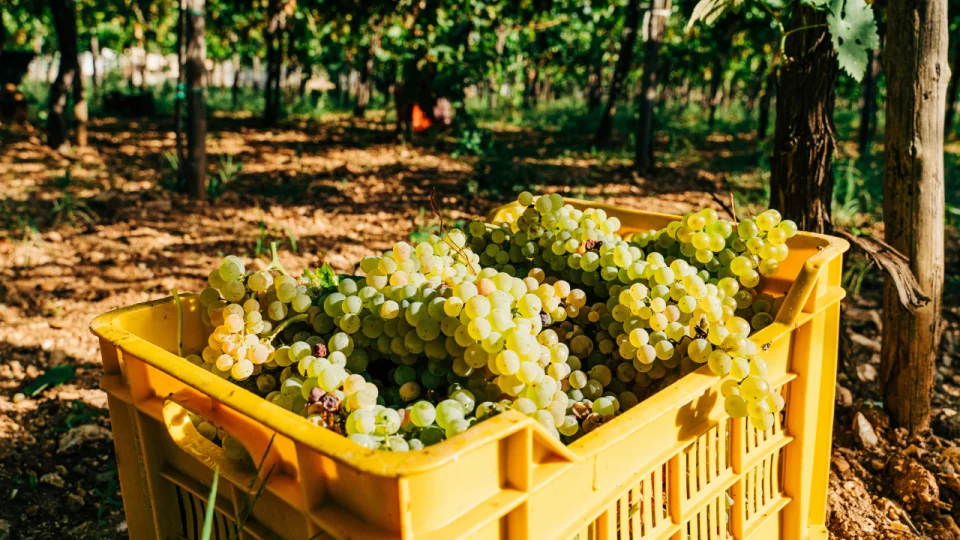Wine, in its many forms, has captivated humanity for thousands of years. From ancient civilizations to modern-day aficionados, wine plays an integral role in culture, tradition, and celebration. But behind every bottle of wine lies a complex and delicate process, one that often goes unnoticed by the casual consumer. The journey from vine to glass is not only a testament to the artistry of winemaking, but also a rigorous, physically demanding, and highly unpredictable venture. One of the most critical stages in this journey is the wine harvest—an intense period where nature, craftsmanship, and science converge.
Wine harvest, or “vendemmia” as it is known in Italy, is the pivotal moment when grapes are collected from the vineyard at their peak ripeness to be turned into wine. While it’s easy to picture sun-kissed vineyards and workers hand-picking bunches of grapes under a picturesque sky, the reality is far more nuanced. The wine harvest season is a period of heightened activity and exacting precision, lasting just a few weeks, during which all aspects of the winery must function in perfect harmony.
Harvest marks the culmination of a year’s worth of vineyard work. The conditions leading up to this point—ranging from soil quality and weather patterns to the vine’s growth cycle—will all significantly influence the quality of the final product. Any error or miscalculation, whether it’s the timing of the pick, the condition of the fruit, or how the grapes are handled post-harvest, can affect the outcome. As a result, harvest season can be both exhilarating and stressful for winemakers, vineyard workers, and everyone involved in the process.
But while the fundamentals of harvesting grapes remain largely the same worldwide, there are countless fascinating details and behind-the-scenes processes that even the most enthusiastic wine lover might not know.
Table of Contents
1. It Takes More Than Just Handpicking
While much of winemaking is associated with manual labor, the truth is that modern wineries rely heavily on machinery to keep things running smoothly, and the forklift is at the center of it all. Forklifts are essential for moving heavy equipment, fruit bins, fermentation tanks, and stacks of barrels around the winery. During harvest, the fast-paced workflow means that forklifts are constantly on the go. Skilled forklift drivers are crucial for maintaining the rhythm of the harvest process.
In fact, the stakes are high when it comes to precision. With wineries often packed to the brim with equipment and barrels, there’s little room for error. The forklift ensures that the heavy lifting is taken care of quickly and efficiently, enabling the workers to focus on the delicate art of winemaking itself. A winemaker’s forklift skills are nearly as important as their palate during the bustling harvest season!
2. Winemakers Are Superstitious
Much like athletes or performers, winemakers can be intensely superstitious—especially when harvest time rolls around. The stakes are high, and there’s so much that can go wrong, from unpredictable weather to mechanical failures. To avoid jinxing themselves, many winemakers have adopted quirky rituals and beliefs.
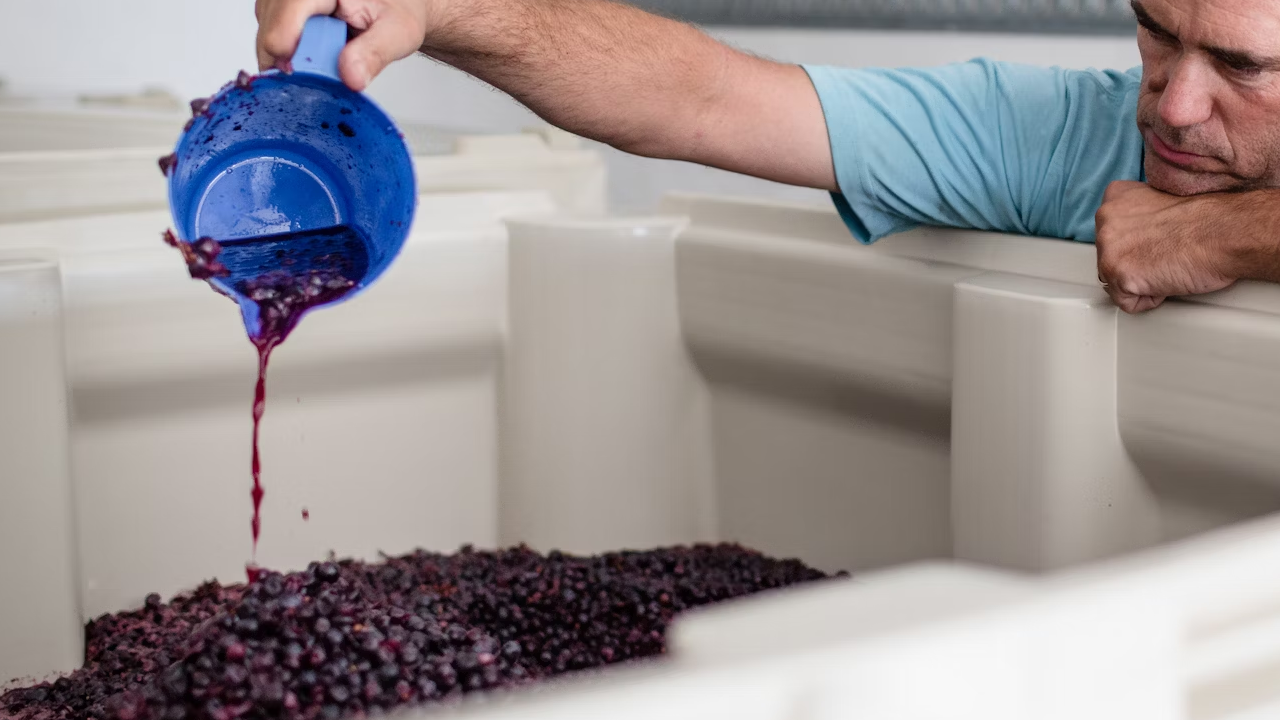
For instance, discussing the weather during harvest is often taboo, as many believe it invites disaster. Some winemakers insist on using a lucky hydrometer to measure sugar levels in the grapes or wear the same outfit throughout the harvest season (despite the inevitable wine stains). Others even go as far as christening each new vintage by pouring a bit of finished wine on the incoming grapes as a good-luck gesture.
These superstitions may seem irrational, but for winemakers, they add a layer of comfort and control in what is often a chaotic, unpredictable period.
3. Oak Barrels Are Not the Only Option
While oak barrels, particularly those made from French oak, have become synonymous with winemaking, they’re far from the only option. In recent years, winemakers have been experimenting with different vessels for fermentation and aging. These alternatives, which include stainless steel tanks, concrete eggs, and ancient amphorae (large clay vessels), offer distinct benefits.
Stainless steel tanks are favored for producing crisp, clean wines that retain the fresh fruit character of the grapes. They’re especially popular for white wines like Sauvignon Blanc and Chardonnay. On the other hand, concrete tanks allow for a bit of oxygen exchange, similar to oak barrels, but without imparting any additional flavors, making them ideal for winemakers who want to emphasize the terroir of their vineyards.
Amphorae, a throwback to ancient winemaking techniques, are particularly trendy among winemakers who want to produce wines with a more rustic, old-world character. These vessels are often made from clay and have been used for thousands of years, dating back to the ancient Greeks and Romans.
4. Harvest Hours Are Insanely Long
Harvest season is not for the faint of heart. While the process of growing and tending to the vines spans the entire year, the actual grape harvest is a whirlwind of activity crammed into a short period of time. At the height of harvest, it’s not uncommon for winemaking crews to work 12-16 hour days, seven days a week. These grueling hours can last for weeks, with no time off until every grape is picked, processed, and safely on its way to becoming wine.
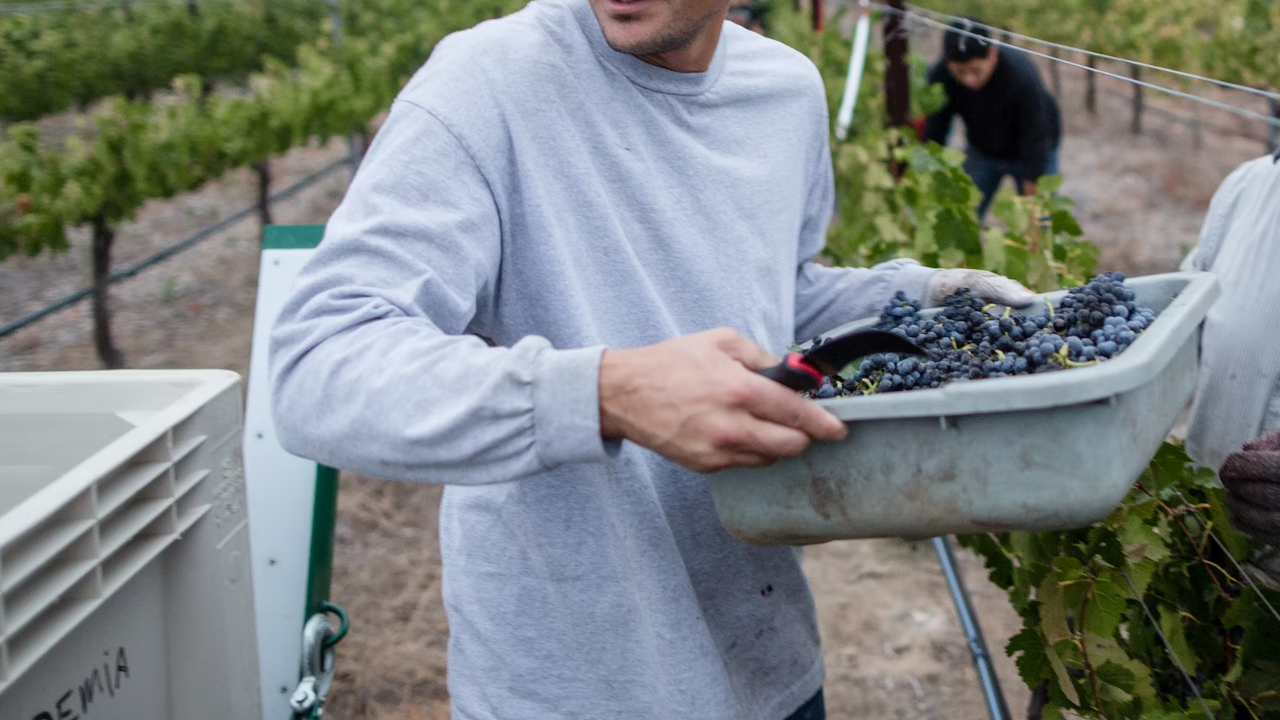
This marathon of work means there’s little time for rest, and many winemakers and vineyard workers grab naps whenever and wherever they can. It’s not unusual to see workers sprawled out in the cellar, catching a few minutes of sleep in between shifts. The long hours and physical demands make harvest a test of endurance, both mentally and physically.
5. Night Picking Preserves Freshness
Have you ever noticed that some wines have particularly bright and fresh aromas? That’s often the result of a practice known as night picking, where grapes are harvested after sunset and before dawn. The cooler nighttime temperatures act as a natural refrigerator, preventing the grapes from getting too warm and maintaining their acidity and structure.
Night picking is especially common in warm wine regions, where daytime temperatures can cause grapes to shrivel or lose their acidity, which is critical for producing balanced, refreshing wines. Harvesting in the cool of night preserves the fruit’s vibrancy and prevents the fermentation process from starting too early.
Not only does night picking enhance the quality of the wine, but it also makes the job of picking more pleasant for workers, who would otherwise have to labor under the hot sun.
6. Harvest Safety Is No Joke
Working a wine harvest is not just exhausting—it can also be dangerous. There are numerous safety hazards involved, from heavy machinery to potentially hazardous working conditions. For example, as fermentation gets underway, wine produces carbon dioxide (CO2), which can accumulate in confined spaces like cellars or fermentation tanks. Workers entering these areas must be cautious, as high CO2 levels can cause fainting or suffocation.
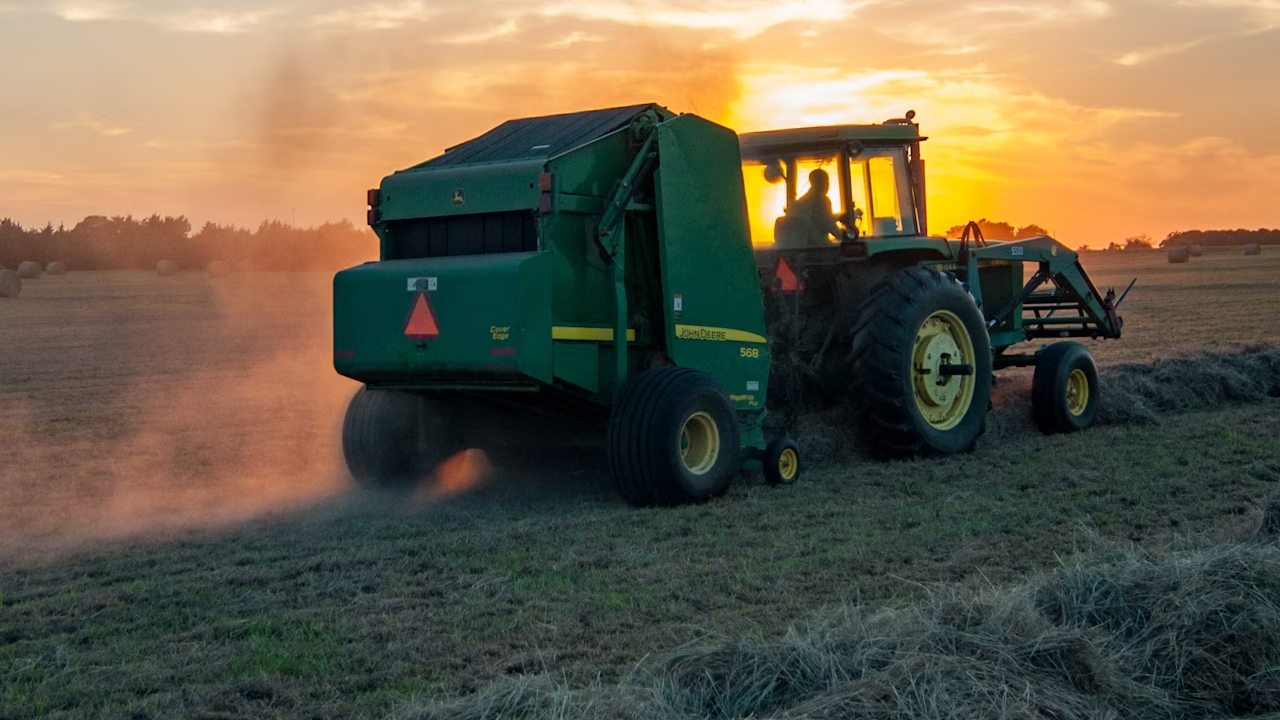
Outside the winery, harvest crews face other risks, such as heatstroke, accidents with tractors, forklifts, or trucks, and even poor air quality due to nearby wildfires in certain wine regions. With so many moving parts and large machines in play, wineries must prioritize safety training and precautions to protect their workers during this hectic period.
7. It’s a Full-Body Workout
Wine harvest isn’t just about mental stamina—it’s also a serious workout. Winemakers and harvest workers have to be in top physical shape to keep up with the demanding labor. Tasks like lifting heavy bins of grapes, shoveling grape skins out of vats, and hand-sorting fruit require strength, endurance, and dexterity.
Many winemakers actually train for harvest season, much like athletes preparing for a major event. Between long hours on their feet, repetitive motions, and physically intense activities, it’s not uncommon for workers to end the day feeling completely spent. The combination of physical labor and mental exhaustion makes harvest one of the most challenging—and rewarding—periods of the winemaking year.
8. Some Wine Is Fermented in Cement Tanks
As winemakers continue to experiment with different techniques, some are turning to cement fermentation tanks as an alternative to oak barrels or stainless steel. Cement has a neutral effect on the wine, allowing for a small amount of oxygen exchange, which can add complexity to the finished product. These tanks have become especially popular for red wines that benefit from a slow, controlled fermentation process.
Cement tanks are also prized for their ability to maintain a stable temperature during fermentation, which is critical for producing high-quality wines. Additionally, the porous nature of cement allows the wine to “breathe,” adding layers of complexity without the oak influence that can sometimes overpower the wine’s natural characteristics.
9. Harvest Marks the Beginning, Not the End
While the grape harvest is a crucial milestone in the winemaking process, it’s far from the final step. In fact, for winemakers, the work has only just begun. Once the grapes are harvested, they need to be crushed, fermented, pressed, and aged. The post-harvest period is a flurry of activity, as winemakers carefully monitor the fermentation process, manage the aging wines, and make critical decisions that will shape the final product.
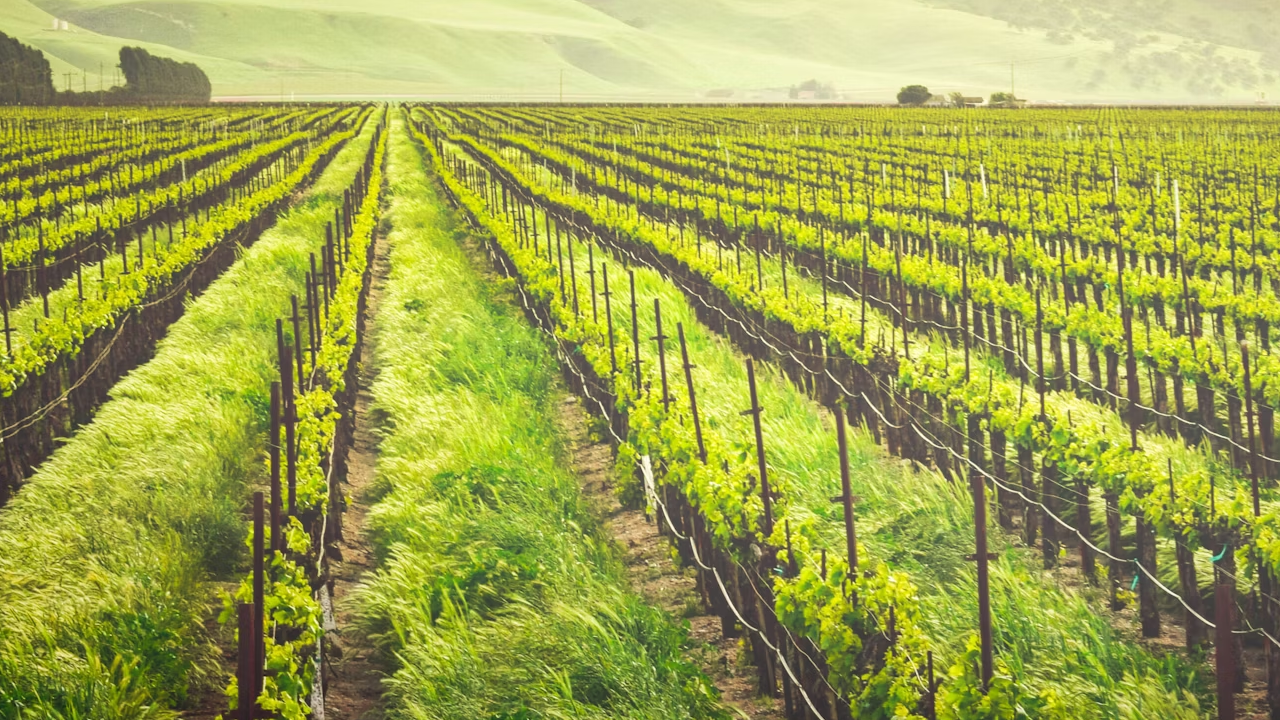
Even after the wine is fermented and barreled, winemaking continues year-round. In the winter, vineyards must be pruned to prepare for the next growing season, while spring brings tasks like shoot thinning and canopy management to ensure the vines remain healthy and productive.
10. Harvest Traditions Vary Around the World
While the general process of harvesting grapes is similar around the world, there are unique traditions and customs that vary by region. In some Old World wine regions, for example, harvest is a community event that brings people together in celebration. In parts of France, Italy, and Spain, the grape harvest is marked with festivals, feasts, and even grape-stomping competitions.
In newer wine regions, the focus may be more on efficiency and technology, but the camaraderie of harvest season remains a constant. Despite the grueling hours and hard work, there’s a strong sense of community among winemakers, vineyard workers, and even volunteers who come together to bring in the grapes and create something special.
